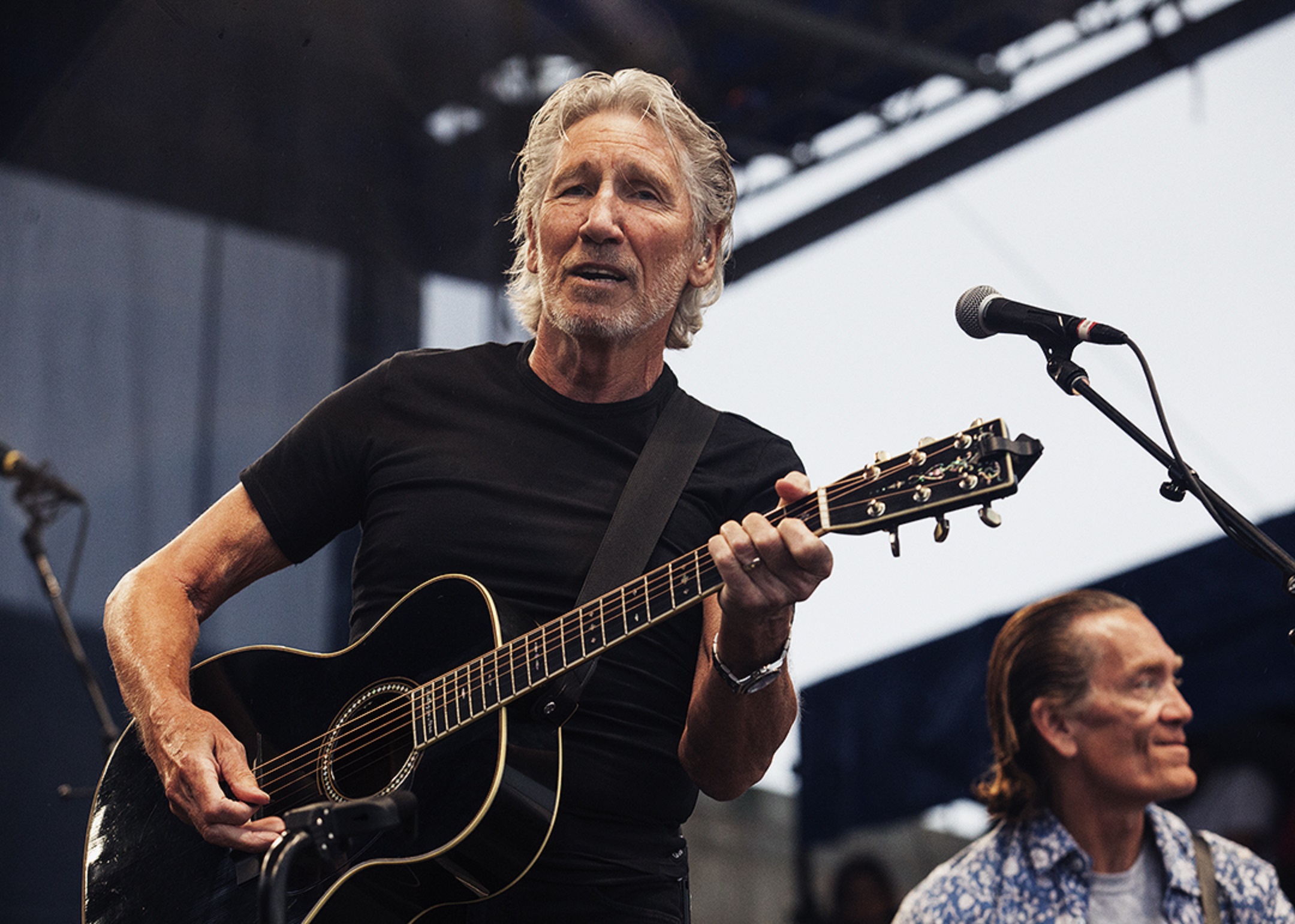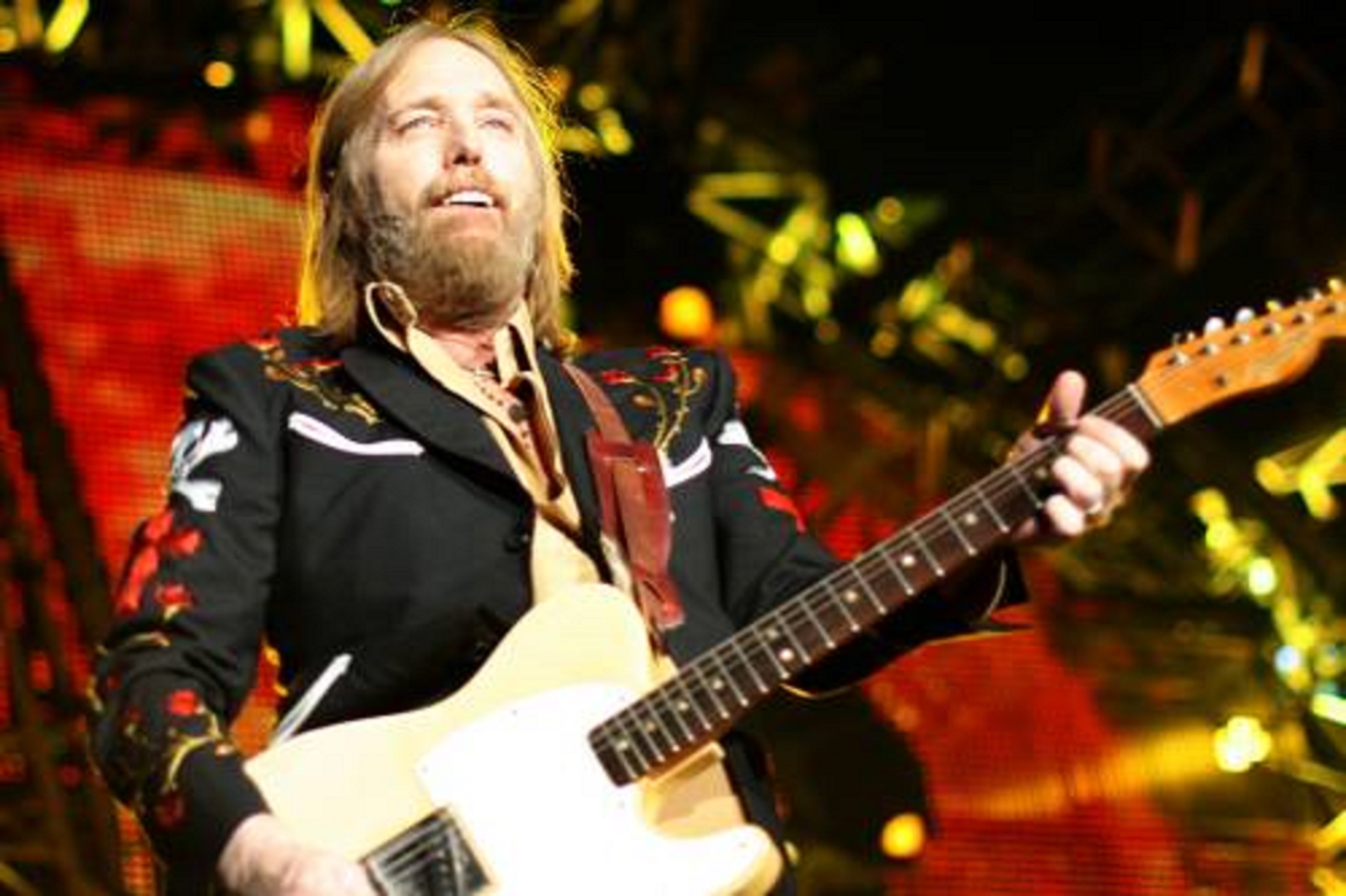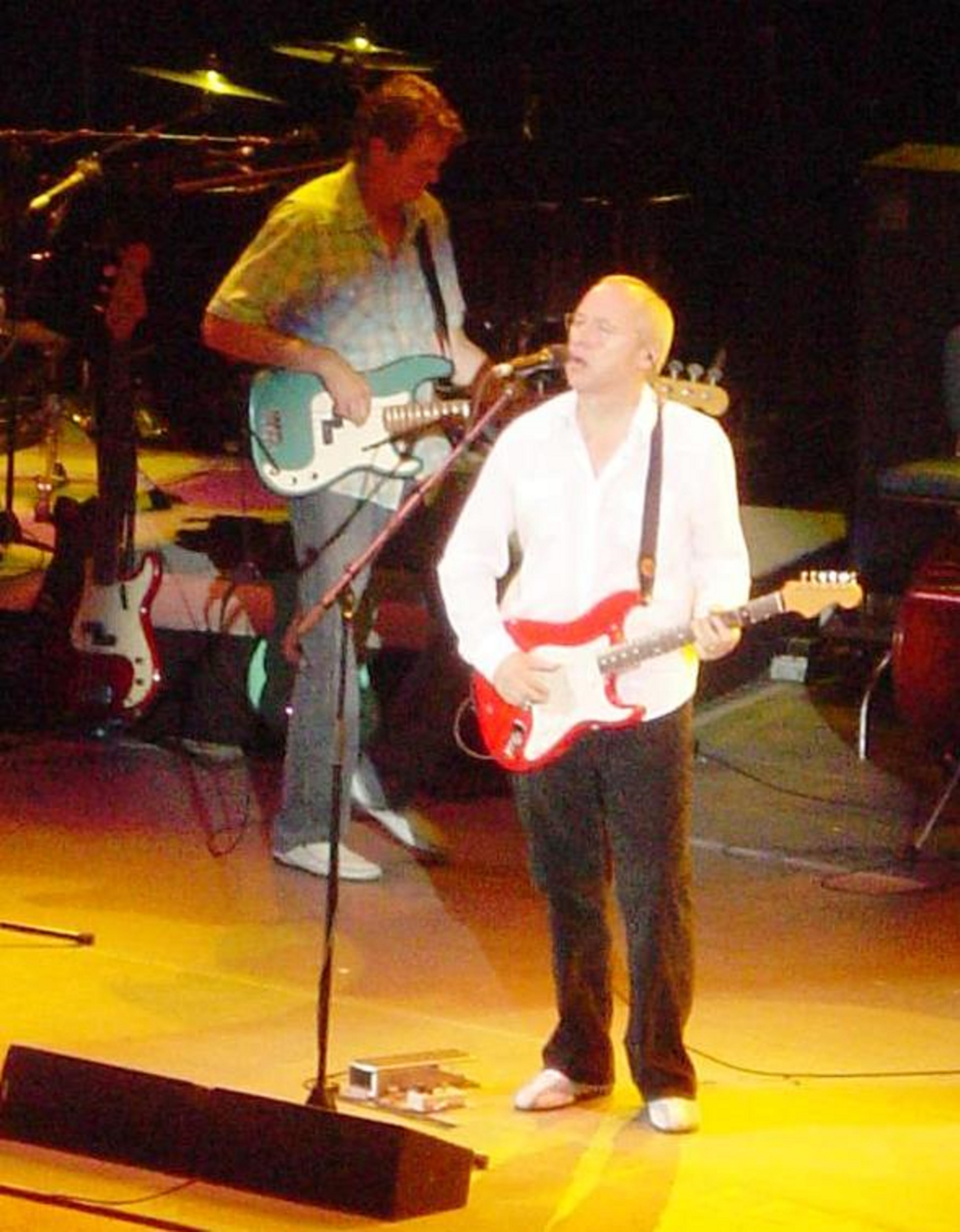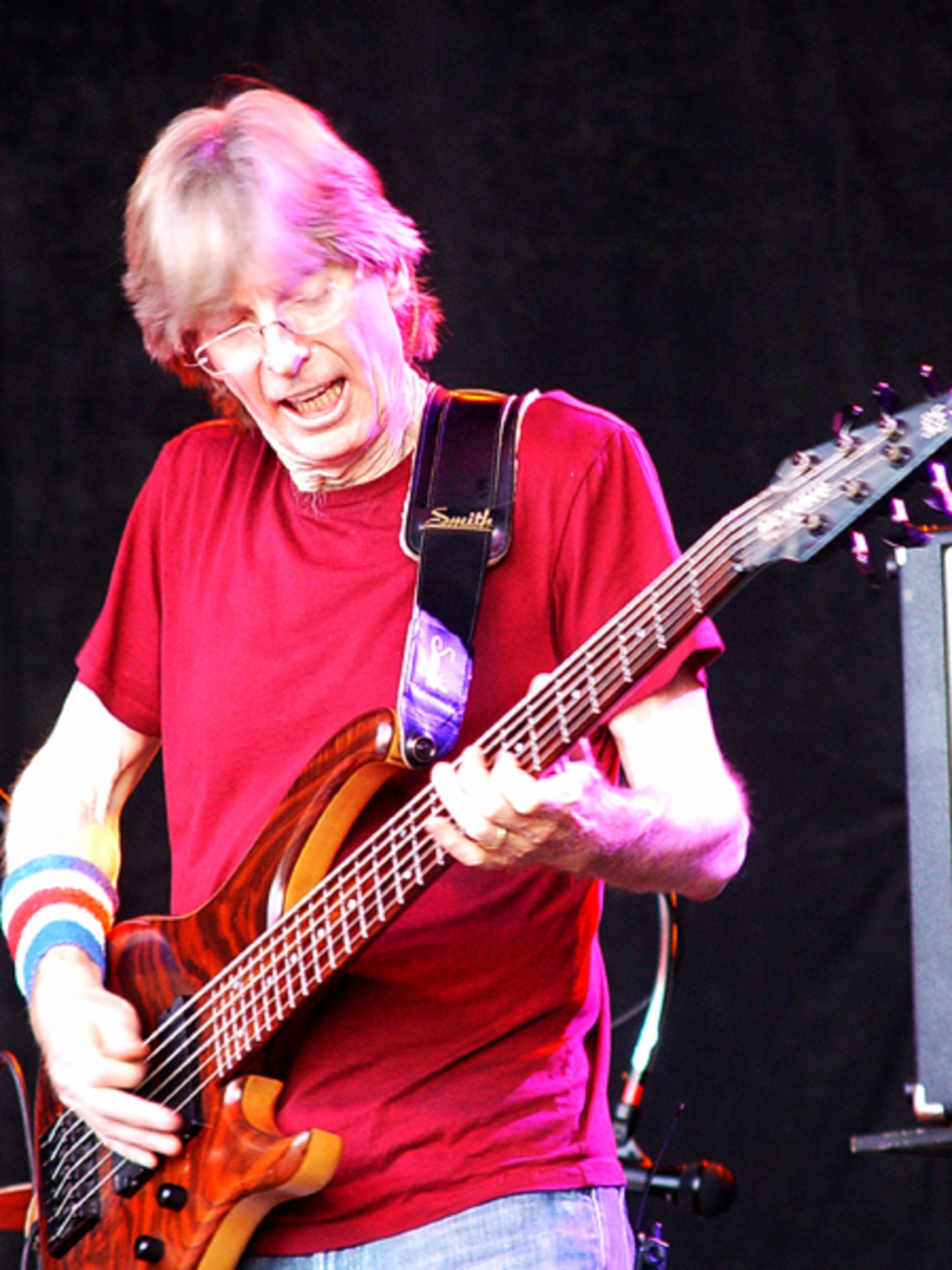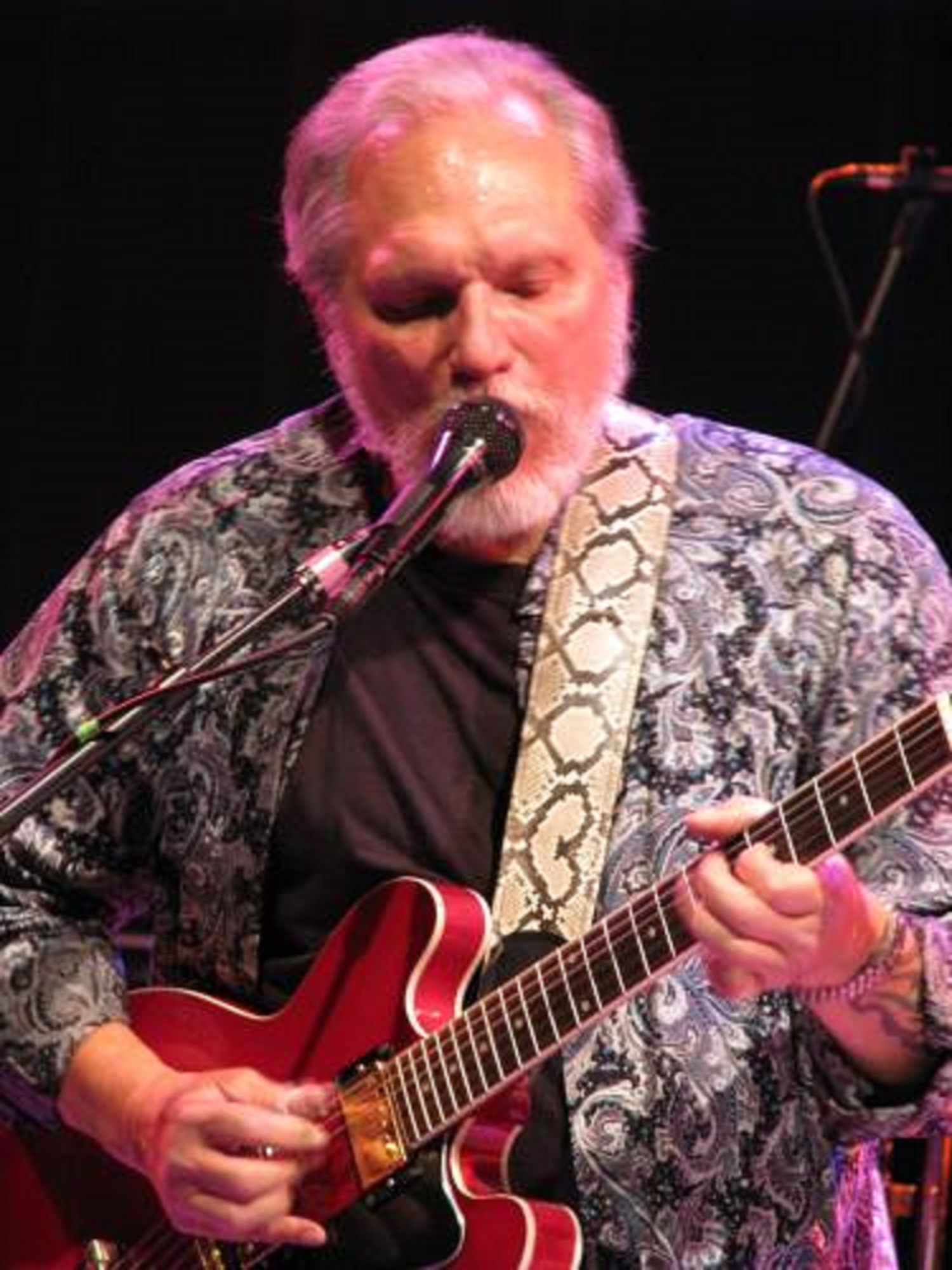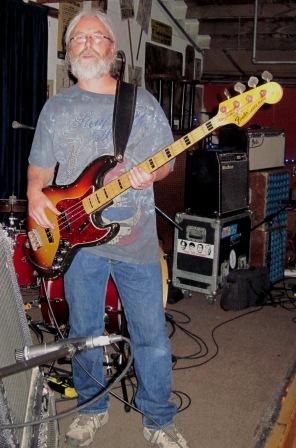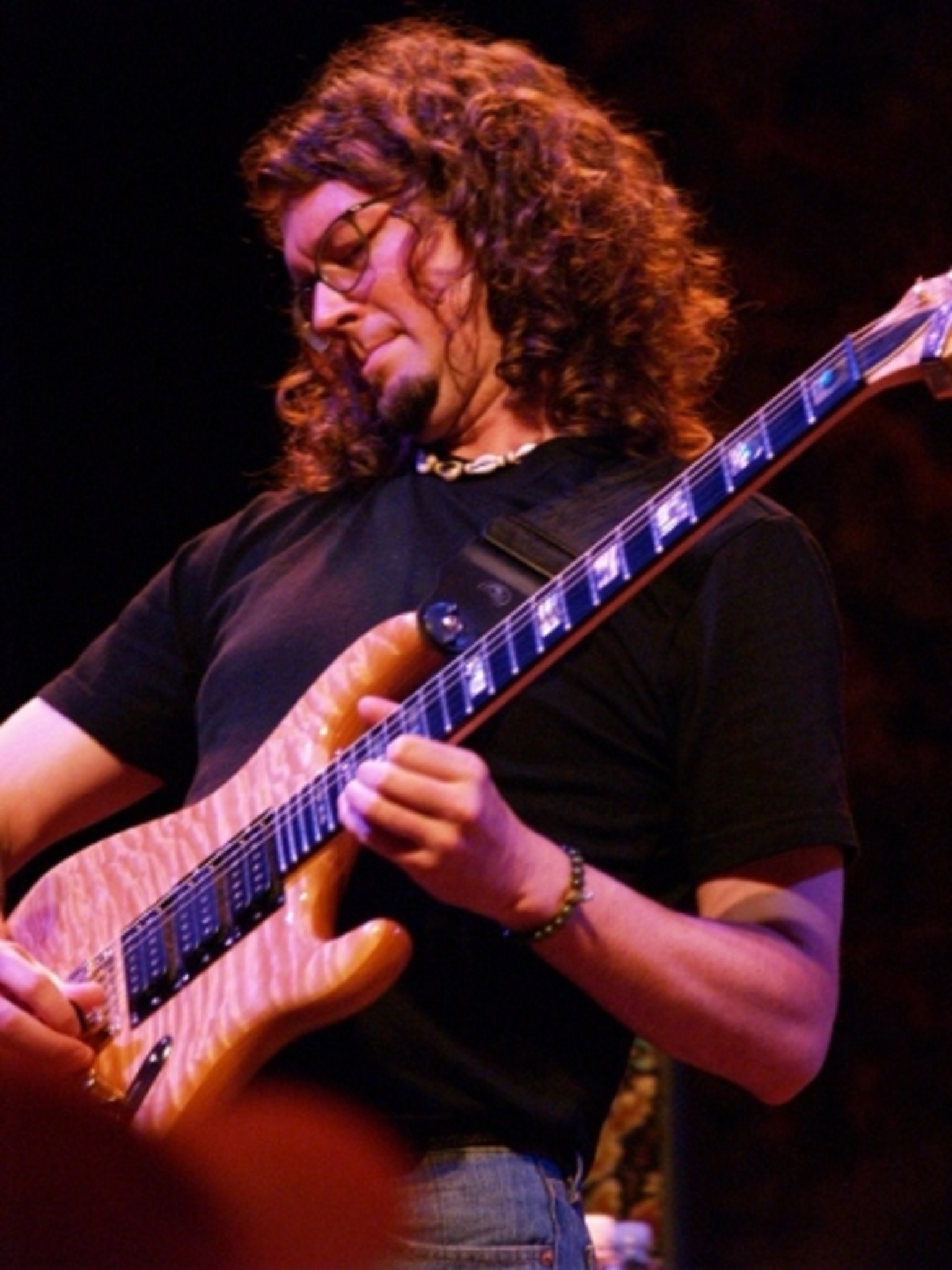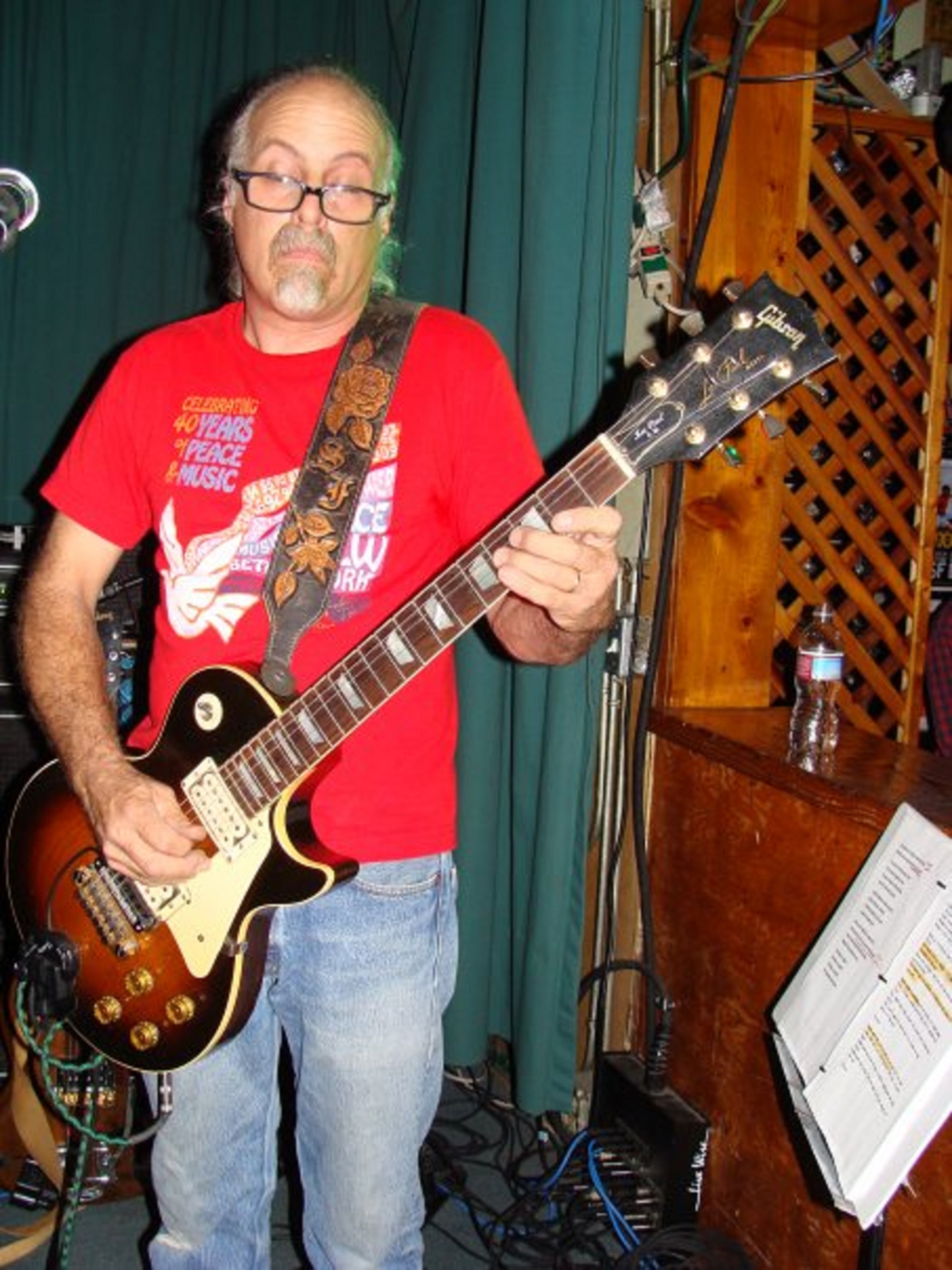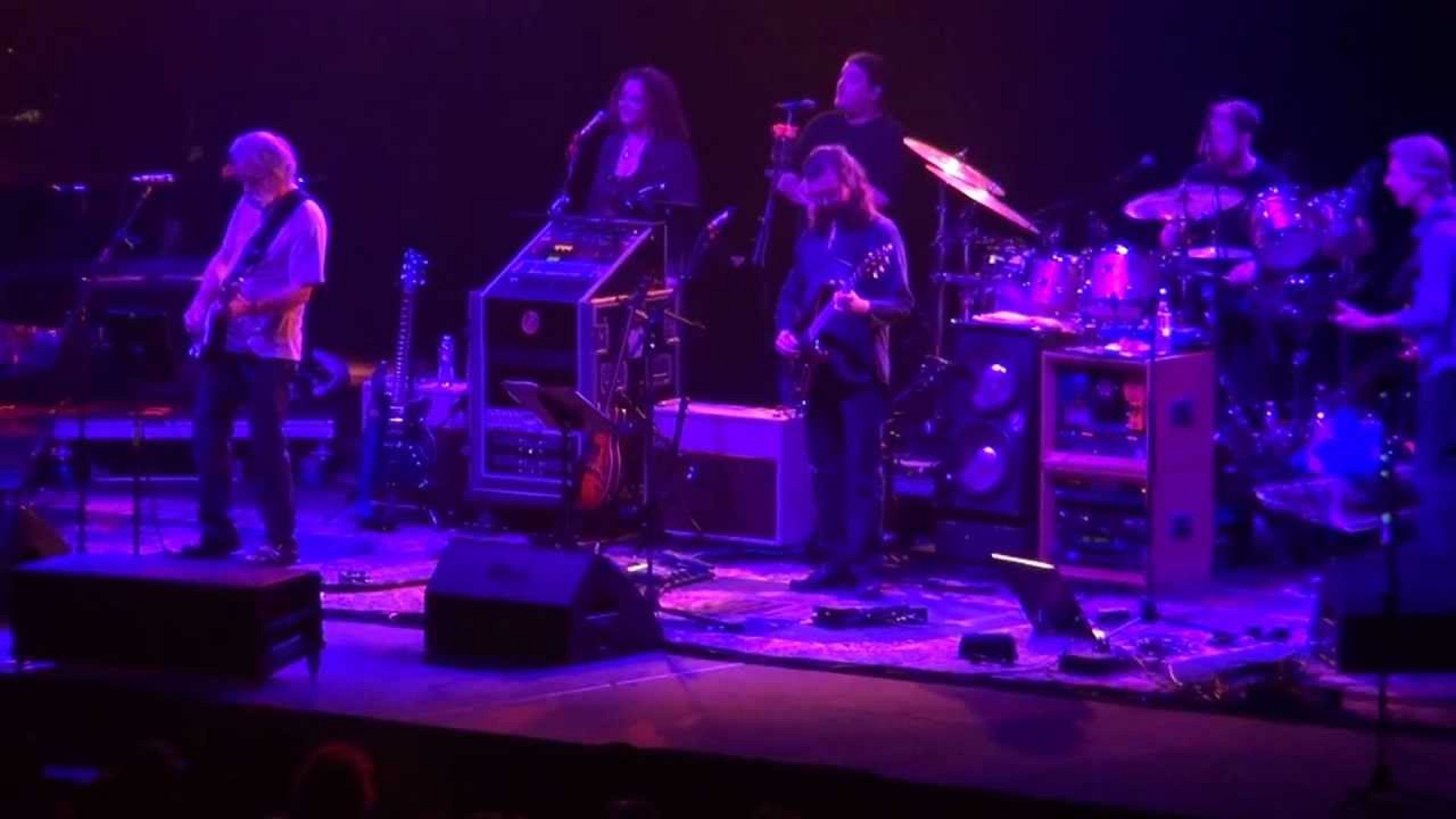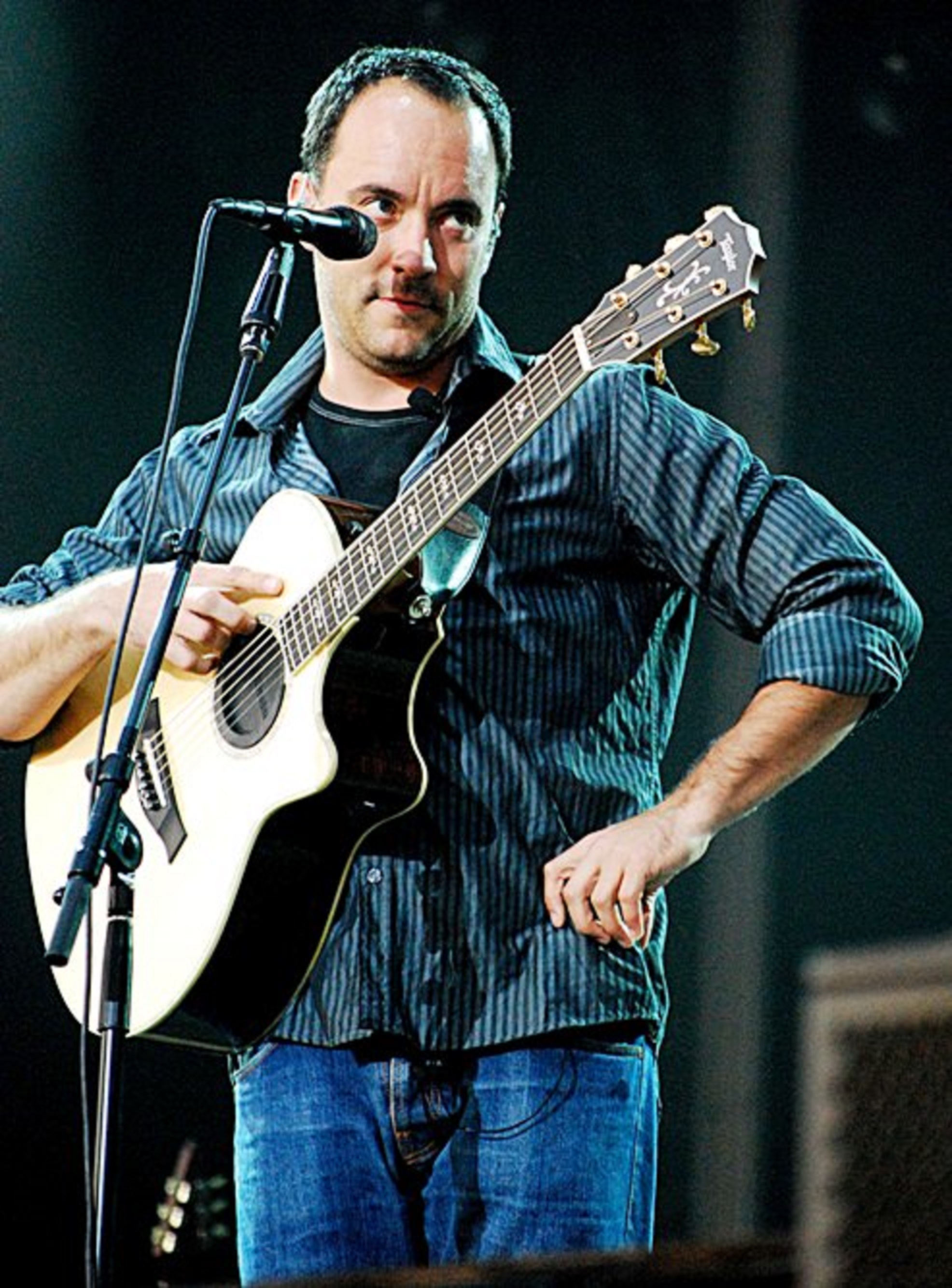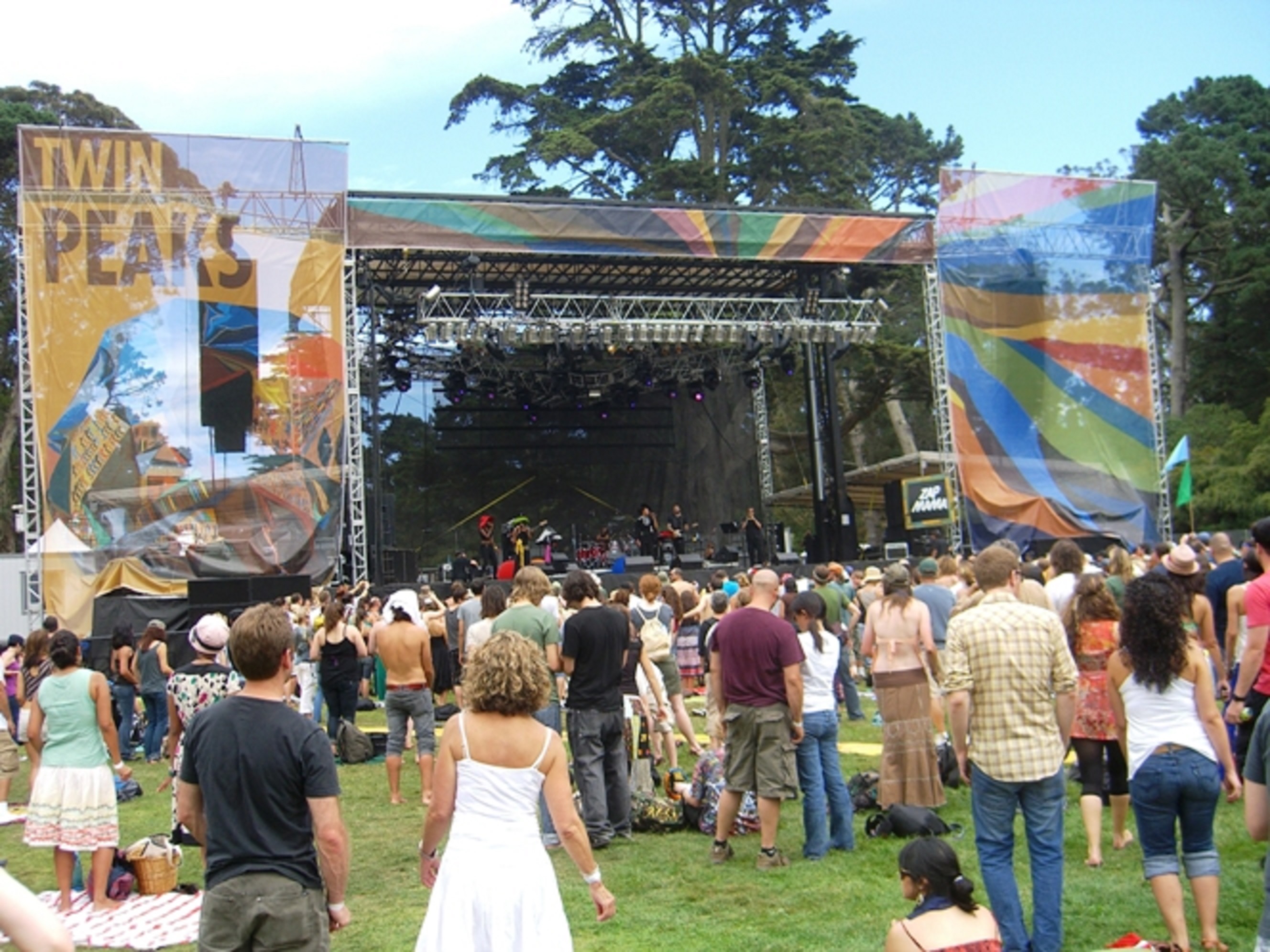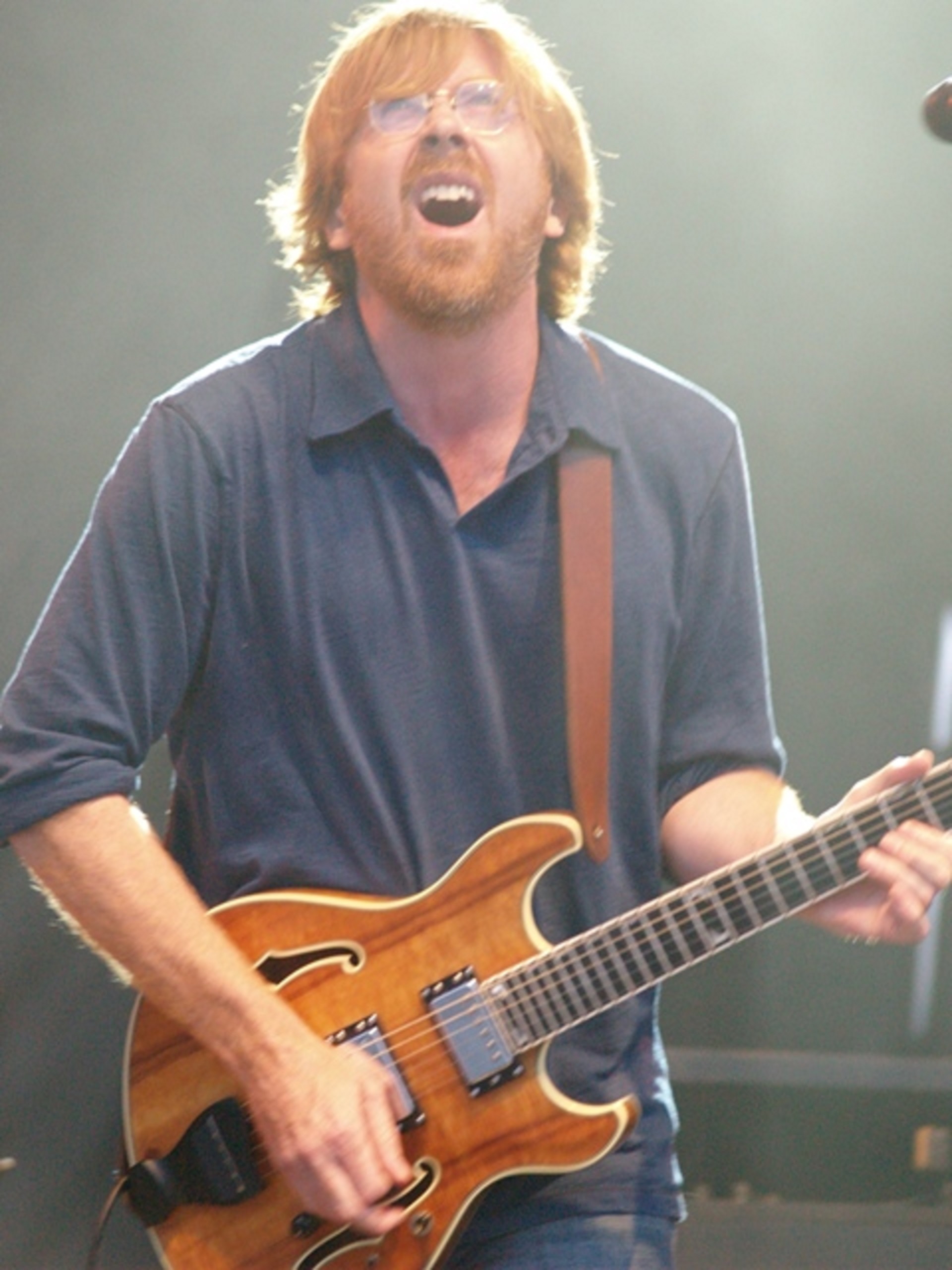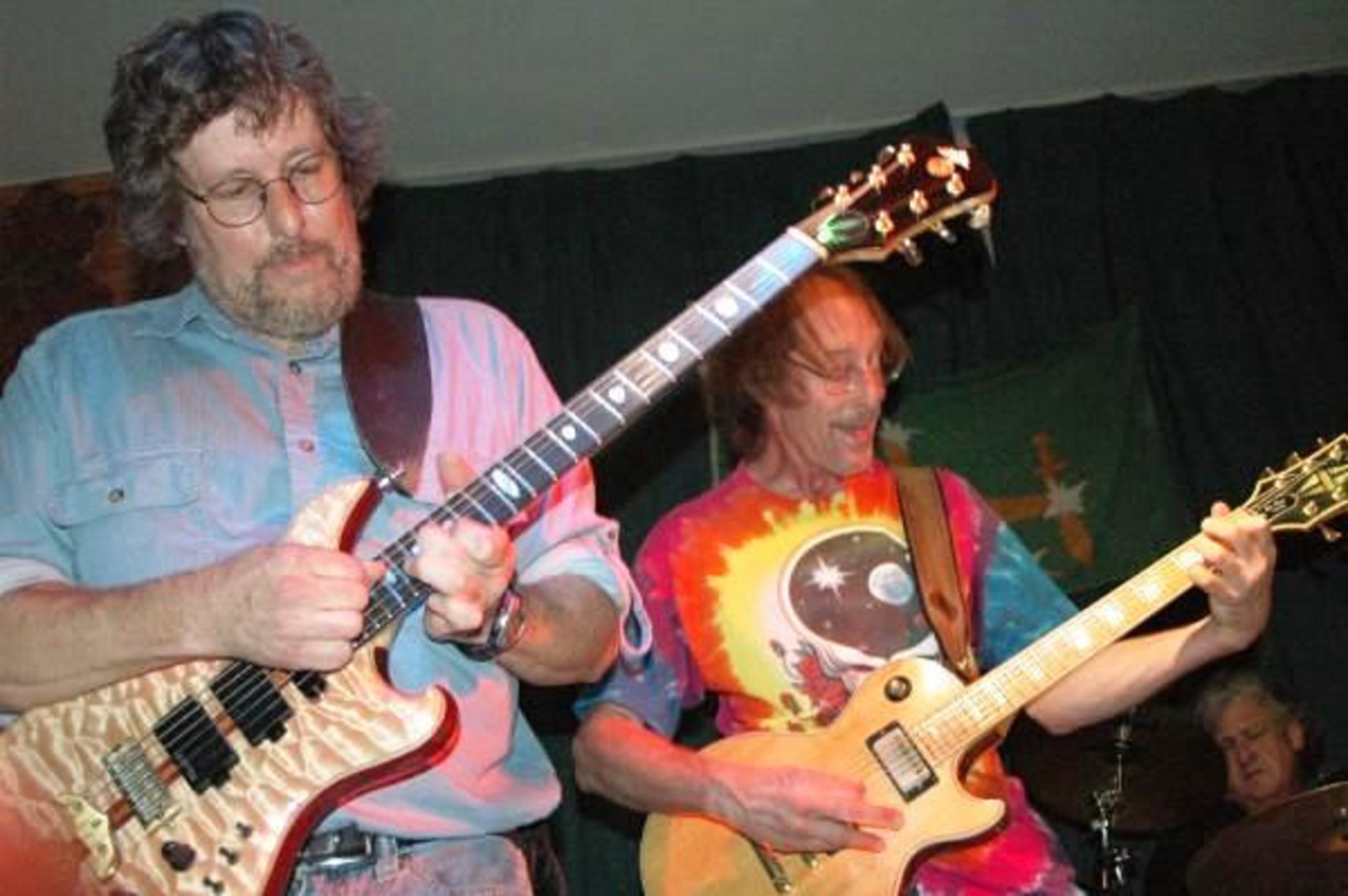It was a night to remember in Oakland, December 3, 2010, the night Roger Waters was slated to play Pink Floyd’s historic album The Wall in its entirety. The Oracle Arena in Oakland was packed to maximum capacity, with standing room only. Fans around me were telling old stories of seeing Roger Waters on the original Wall tour that went so over-budget the Pink Floyd had to call it quits after only a few select shows. A recent article in Rolling Stone pointed out that Waters and the band members were also at each other’s throats and could not stand the sight of each other, which made canceling the gigs all the more necessary. “The shows lost money at every date — tickets were around $12 — and the band was falling apart. They were getting to the point where they couldn't stand the sight of each other," says Mark Fisher, the architect who built both the 1980 and the 2010 versions of the tour (and also worked on the "spaceship" stage for U2's 360U Tour). "It was all too convenient that they got to declare that the whole thing was a turkey and way too expensive and walk away from it on those grounds," reported Rolling Stone.
The show began promptly at 8 pm with Waters stomping onstage wearing all black, and with his silvery hair, large six-foot-three frame, and pale English/Welsh demeanor creating a dominating stage presence. He asked the crowd a question as the music of “In the Flesh” pounded its intro, “So you thought you might like to go to the show Tell me is something alluding you such as: Is this not what you expected to see? If you want to find out what’s behind these cold eyes, you’ll just have to crawl your way through this disguise.” The crowd went completely wild during this segment cheers were so loud you could hear them over the loudspeakers. It almost felt like a Pink Floyd reunion. The fans did not seem to harbor any of their usual Waters contempt, as they did for a long time after Roger attempted to sue Floyd’s vocalist/guitarist David Gilmour, his former best friend and writing contributor during Pink Floyd’s peak years, over the rights to the name Pink Floyd. Waters wanted to win the rights in order to break Floyd up for good, while Gilmour wished to continue the band without Waters in the picture but keeping the original members drummer Nick Mason and keyboardist Richard Wright. Maybe the audience mood was enthusiastic because Waters lost the lawsuit and now seems to have temporarily buried the hatchet with Gilmour. Although with the death of Richard Wright in 2008 a Pink Floyd reunion seems rather unlikely.
Waters nailed through the rest of the first set with ease. As he said in a recent Rolling Stone interview, he considers The Wall to be the defining work of his career and was determined to make it the best show he could with his on stage theatrics. The show included the construction of a real 36-foot-high wall that would stand until the end of the show when it would be knocked down. Giant puppets emerged from behind the wall at the Oracle as “Another Brick in the Wall Part 1,” was played, and the incredible digital lighting animation went crazy as schoolgirls dressed in full outfits came out with nuns following them waving little sticks and barking orders. After the song Waters said it represented his life in the British school system, where instead of encouraging him to do whatever he wanted in pursuing his goals, the teachers he had told him he was incapable and would never achieve the things he desired. Waters also dedicated the song “Mother” to his mother, who was a strong presence in his life, especially when he never really knew his Father, who was killed during World War II.
The first set hit its peak around the time of “Young Lust,” as lace dancers came onstage and the original animation of Gerald Scarfe-for The Wall film (1980) that was released at the same time as the album-was available for viewing on the stage’s wall screen. By this point Waters and his band were no longer visible as they were behind the actual wall playing music.
It was not until after “Goodbye Cruel World” and intermission that Waters was visible again. The song was “Hey You,” and despite not being the original singer on most of the track (that was David Gilmour), Waters captured it quite well. Singing with deep passion, “Hey you out there beyond the wall, breaking bottles in the hall can you help me, hey you don’t tell me there is no hope at all. United we stand. Divided we fall.”
The second set highlights were “Comfortably Numb,” which featured the lead guitarist being hoisted above the wall into the rafters on a mechanical stairwell. The solo he played was blistering and reminiscent of David Gilmour’s gem from The Wall album. Waters meanwhile was at the bottom of the wall clawing at it in a crazy maniacal manner as if he was the character Pink in the movie. I sat in my seat and wondered if some of it was theatrics, or was this the real Roger Waters, now an old man but still in the same place trying to crawl his way out of the deepest trenches of the wall, “Comfortably Numb” in the process.
Waters received some of his biggest applause of the night after “Comfortably Numb,” and the show continued with “The Show Must Go On,” a short, mesmerizing passage on the album about the loss of innocence with rock stardom. “Take me down,” Waters pleaded with the crowd “I didn’t mean for them to take my soul, am I too old, is it too late. Where has the feeling gone? Will I remember this song?” This song merged into “In the Flesh Part II,” where the lights shone on people and Waters shouted, “Are there any queers in the house tonight? That one does not look right get him against the wall! Against the wall! And that one is Jewish! And that one is a cool! And that one is smoking a joint! And another with spots! If I’d have my way I’d have you shot!”
Next up came “Run Like Hell,” which set The Oracle ablaze again. Waters snarled into the microphone with his heavy British accent, “This is for all the paranoid people in Oakland.” The song is all about feeling that people are after you, and the only solution for escape is to constantly be on the run like a fugitive.
The heavy animation of “The Trial” brought life to the theatrics of Gerald Scarfe, with his little characters shouting prolific lyrics at each other that symbolize everything about The Wall: “You little shit you’re in it now, I hope they throw away the key. You should have talked to me more often then you did. But no, you had to your own way. Have you broken any homes up lately? Crazy over the rainbow, I’m crazy. Bars in the window. There must have been a door there in the wall.”
The set closed with “Outside The Wall,” as Waters sang the final words in a soft but bitter British intonation, “The bleeding hearts and artists make their stand. And when they’ve given you their all. Some stagger and tether, after all it’s not easy. Banging your head against a wall.” With that Roger Waters thanked everyone in Oakland for attending the show and paying their respects to the historic album The Wall, which after over 30 million albums sold, and crossing over to mainstream, is likely never to be forgotten. At the end of the show Waters pointed out that he is not the man who wrote The Wall. “The man who wrote The Wall, might have been me, but that man no longer exists inside me. That man was bitter, spiteful, and full of hate. I look back on it now and I understand where I was coming from, but with age I have become more of a calm person.”






